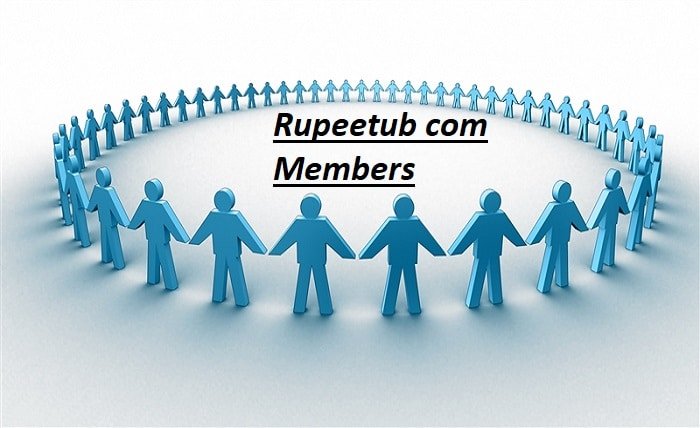Webtoons have revolutionized the way we consume comics, offering a unique and immersive experience for readers around the world. Originating from South Korea, webtoons are digital comics designed to be read on smartphones and computers, making them accessible anytime, anywhere. In this blog post, we will explore the fascinating world of webtoons, their rise to popularity, and what makes them a must-read for comic enthusiasts.
1. What Are Webtoons?
Webtoons are digital comics that are published online, typically in a vertical scroll format optimized for smartphones. Unlike traditional comics, webtoons offer an interactive reading experience with vibrant colors, detailed artwork, and often, musical accompaniments. The term “webtoons” is derived from “web” and “cartoons,” reflecting their digital nature and comic roots.
2. The History of Webtoons
The history of webtoons dates back to the early 2000s in South Korea, where they began as a response to the declining sales of traditional print comics. Platforms like Naver Webtoon and Daum Webtoon played a significant role in popularizing webtoons, offering creators a space to publish their work and reach a global audience. Today, webtoons have expanded far beyond South Korea, gaining massive popularity worldwide.
3. How Webtoons Differ from Traditional Comics
Webtoons differ from traditional comics in several ways. The most notable difference is their vertical scrolling format, which is ideal for reading on smartphones. Additionally, webtoons are usually released episodically, with new chapters published weekly. This format keeps readers engaged and eagerly anticipating the next installment. The digital nature of webtoons also allows for more dynamic storytelling, including animations and sound effects.
4. Popular Webtoon Platforms
There are several popular platforms where readers can find a wide variety of webtoons. Naver Webtoon, also known as LINE Webtoon outside of Korea, is one of the largest and most well-known platforms. Other notable platforms include Lezhin Comics, Tapas, and WebComics. These platforms host thousands of webtoons across different genres, catering to diverse tastes and preferences.
5. Genres in Webtoons
Webtoons cover a vast array of genres, from romance and fantasy to horror and science fiction. This diversity ensures that there is something for everyone, regardless of their interests. Some popular genres in webtoons include slice-of-life, action, drama, and supernatural. The ability to explore different themes and narratives makes webtoons a rich and varied reading experience.
6. The Global Impact of Webtoons
The global impact of webtoons cannot be overstated. What started as a Korean phenomenon has now become a worldwide trend. Webtoons have found audiences in countries across the globe, including the United States, Japan, and various European nations. This international appeal has led to the translation of many webtoons into multiple languages, further expanding their reach and influence.
7. Creating Webtoons: The Process
Creating webtoons involves several steps, from conceptualizing the story and characters to drawing and publishing the episodes. Many webtoon creators start by scripting their story and then creating detailed storyboards. The art is then digitally drawn, often with the help of graphic design software. Once an episode is complete, it is uploaded to a webtoon platform where readers can access it.
8. The Role of Webtoon Creators
Webtoon creators, also known as webtoonists, play a crucial role in the success of webtoons. These talented artists and writers bring their unique visions to life, crafting stories that captivate audiences. The digital nature of webtoons allows creators to receive immediate feedback from readers, fostering a dynamic and interactive relationship between the creator and the audience.
9. Monetization in Webtoons
Monetization is an important aspect of the webtoon industry. Many platforms offer various ways for creators to earn money, including ad revenue, premium content, and reader donations. Some webtoons also get adapted into other media, such as television series, movies, and merchandise, providing additional income streams for creators. This financial support helps sustain the industry and encourages more creators to produce high-quality content.
10. The Future of Webtoons
The future of webtoons looks incredibly promising. With advancements in technology and increasing global interest, webtoons are set to become even more popular. Innovations like augmented reality (AR) and virtual reality (VR) could further enhance the reading experience, making webtoons more immersive than ever. As the industry continues to grow, we can expect to see more diverse stories and creative experiments in the world of webtoons.
Conclusion
Webtoons have transformed the comic industry, offering a fresh and engaging way to enjoy stories. Their digital format, diverse genres, and global reach have made them a staple in modern entertainment. As webtoons continue to evolve and capture the imaginations of readers worldwide, their impact on the comic landscape is undeniable. Whether you are a seasoned comic fan or new to the genre, diving into the world of webtoons is an adventure worth taking.
FAQ
1. What are webtoons?
Webtoons are digital comics designed for online reading, typically presented in a vertical scroll format optimized for smartphones and computers.
2. How did webtoons originate?
Webtoons originated in South Korea in the early 2000s as a response to declining sales of traditional print comics, gaining popularity through platforms like Naver Webtoon and Daum Webtoon.
3. How do webtoons differ from traditional comics?
Webtoons differ from traditional comics in their vertical scrolling format, episodic releases, and the inclusion of multimedia elements like animations and sound effects.
4. What are some popular webtoon platforms?
Popular webtoon platforms include Naver Webtoon (LINE Webtoon), Lezhin Comics, Tapas, and WebComics, each hosting a diverse array of webtoons across various genres.
5. What is the future of webtoons?
The future of webtoons looks promising, with potential advancements like augmented reality and virtual reality enhancing the reading experience and further expanding their global popularity.





